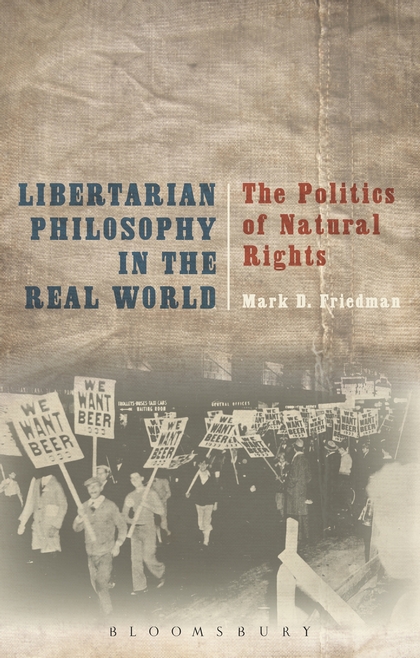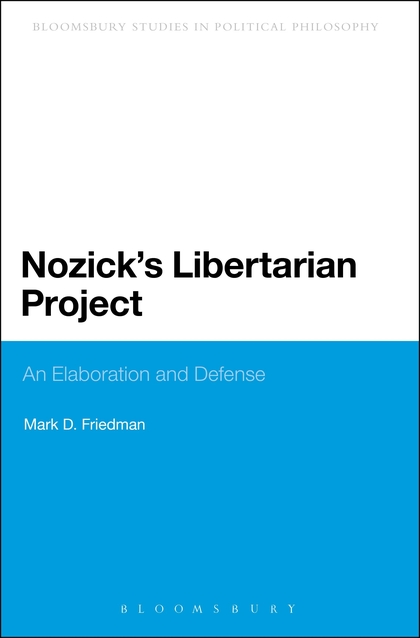We are now, I believe, on the brink of a prolonged, major recession brought on by decades of massive government over-spending and a Federal Reserve Bank that has been all too eager to accommodate the related debt with near zero interest rates. I analyzed the Fed in Chapter 6 of my 2017 book, Libertarian Philosophy in the Real World, but in light of our present circumstances it may be a good time to revisit this subject, for it seems that we have learned nothing. In my book, I evaluate the laws and institutions of our state through the lens of natural rights libertarianism, loosely constrained by utilitarian considerations; that is, while I hold that rights are entitled to great moral weight, I concede that they may be overridden to prevent grave harms. I argue that under this standard, with the few exceptions recognized by classical liberals, like national defense, law enforcement and, if all else fails, assistance of innocent persons in dire need (such as young children), all other activities of our Nanny/Welfare state should cease forthwith.
The Fed is an easy case to make, both in terms of its inherently rights-violating character and the absence of any consequentialist justification. In terms of the former, I point out in my book that by reason of the very broad mandate given it by Congress, the Fed has virtually unconstrained discretion in setting monetary policy, producing results that are not stable or predictable. Its machinations inevitably benefit some groups of citizens at the expense of others. At least in the short and medium term, low interest rates advantage those connected in one way or the other with the residential or commercial real estate development industries, and stock market investors (as equities become more attractive relative to fixed income investments). Retirees and other investors seeking secure sources of income are harmed.
Chairman Bernanke, in explaining Fed policy during the Great Recession, was not at all bashful about his willingness to impose sacrifices on certain unfortunate citizens for the “greater good”:
We are quite aware that very low interest rates, particularly for a protracted period, do have costs for a lot of people. They have costs for savers…I think the response is, though, that there is a greater good here, which is the health and recovery of the U.S. economy, and for that purpose we’ve been keeping monetary policy conditions accommodative, trying to support the recovery, trying to support job creation.
This manipulation clearly contravenes the rule of law, which demands that the state not arbitrarily pick winners and losers.
Of course, as we are currently experiencing, eventually these debt-fueled bubbles pop, tanking the economy generally and inflicting society-wide damage. The Fed cannot successfully “manage” the economy because of the “economic calculation problem” identified and described by Ludwig von Mises and F.A. Hayek. Simply put, the data required to make such decisions exists only in the minds of billions of market participants and cannot be accessed in real time. The Fed’s hubris has repeatedly had catastrophic effects.
There is now a consensus among economists that its policies were a substantial factor in prolonging and deepening the Great Depression. Moreover, both Chairman Greenspan or Chairman Bernanke completely failed to anticipate the disastrous popping of the real estate and banking bubble that caused the Great Recession until it actually hit us in the face. Amazingly, as late as December, 2007, on its very cusp, Bernanke said that, “I do not expect insolvency or near insolvency among major financial institutions.” And, of course, Chairman Powell was driving the “Team Transitory” bus with the pedal to the metal right up until the moment it went over the inflationary cliff. Thus, it is highly improbable that the Fed as it is now structured confers any practical advantages over more laissez-faire options.
There are an impressive number of different proposals formulated by economists to reign in the Fed’s unfettered discretion. As outlined by the late Steve Horwitz, a libertarian-minded economist, these fall into four main categories (with numerous sub-variations):
- constraining the central bank by making the money it creates redeemable in a commodity such as gold,
- ending the Fed’s dual mandate and imposing a price-level or inflation rate target,
- closing the central bank and allowing banks to competitively create money and evolve their own processes for coordinating their reserve flows,
- targeting nominal gross domestic product.
All of these options would almost certainly make the Fed’s actions far more congruent with the rule of law, permitting the public to make its financial decisions without fear of arbitrary surprises. It is also probably true that they all would produce economic outcomes no worse than the status quo, and would likely avoid the painful bubbles of the sort we are now experiencing. Thus my conclusion: End the Fed (as we know it)!






